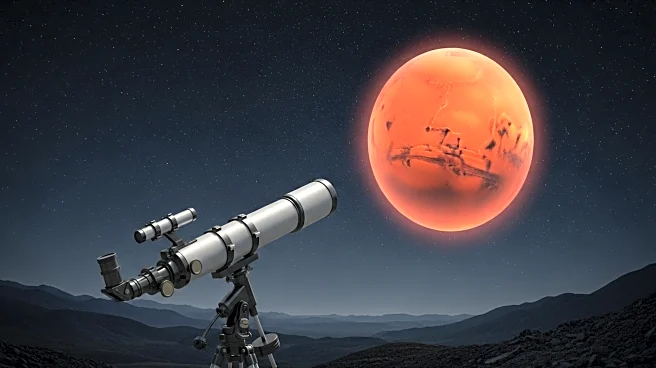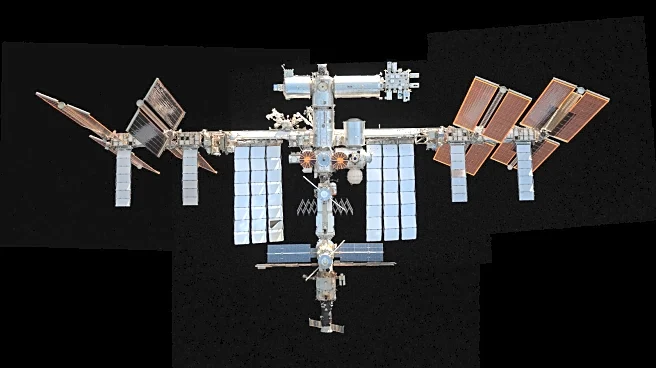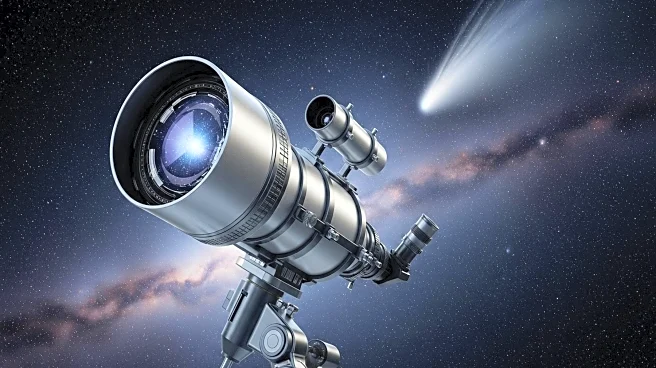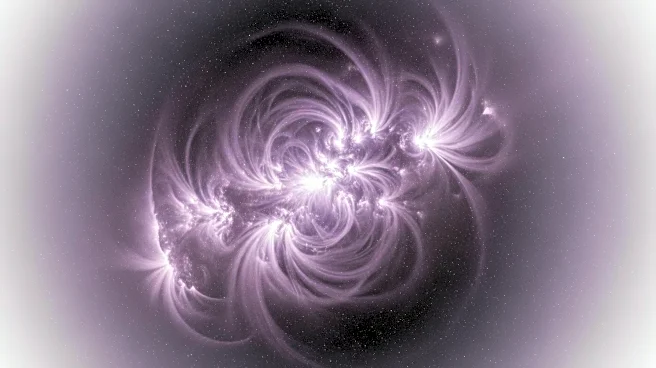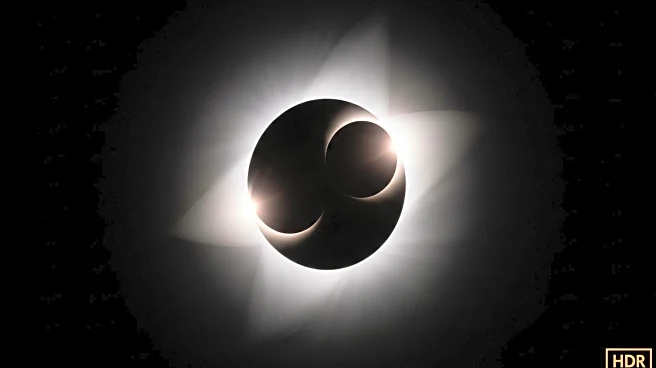What's Happening?
NASA and IBM have unveiled Surya, an innovative artificial intelligence model designed to improve the accuracy of solar storm forecasts. Surya, named after the Sanskrit word for 'sun', utilizes data from NASA's Solar Dynamics Observatory (SDO) to predict solar flares, solar wind speeds, and active regions on the Sun. The AI model processes extensive datasets, enabling it to forecast solar events with high precision up to two hours in advance. Early tests have shown a 16% improvement in solar flare prediction accuracy compared to traditional methods. Surya's development marks a significant advancement in space weather forecasting, providing critical insights into solar activity that can disrupt radio communications, GPS signals, and power grids.
Why It's Important?
The ability to accurately predict solar storms is crucial for protecting infrastructure and technology sensitive to space weather. Solar flares and coronal mass ejections (CMEs) can cause geomagnetic storms, leading to satellite disruptions, power grid failures, and unreliable navigation systems. According to estimates, space weather impacts could cost the global economy up to $2.4 trillion over five years. Surya's enhanced forecasting capabilities allow operators of critical infrastructure to prepare for potential threats, minimizing economic losses and safeguarding technological systems. This development represents a vital step in mitigating the risks associated with solar storms and ensuring the resilience of modern civilization.
What's Next?
NASA and IBM have made Surya accessible to the global research community through platforms like Hugging Face and GitHub. This open access encourages further development and testing of space weather forecasting applications. Future space missions observing the Sun from different vantage points may complement SDO's data, potentially enhancing prediction accuracy. However, challenges remain, such as the inability to directly observe the magnetic field between Earth and the Sun, which affects storm impact assessments. Researchers continue to explore ways to improve the precision of solar storm forecasts, aiming to better protect infrastructure and deepen understanding of solar phenomena.


